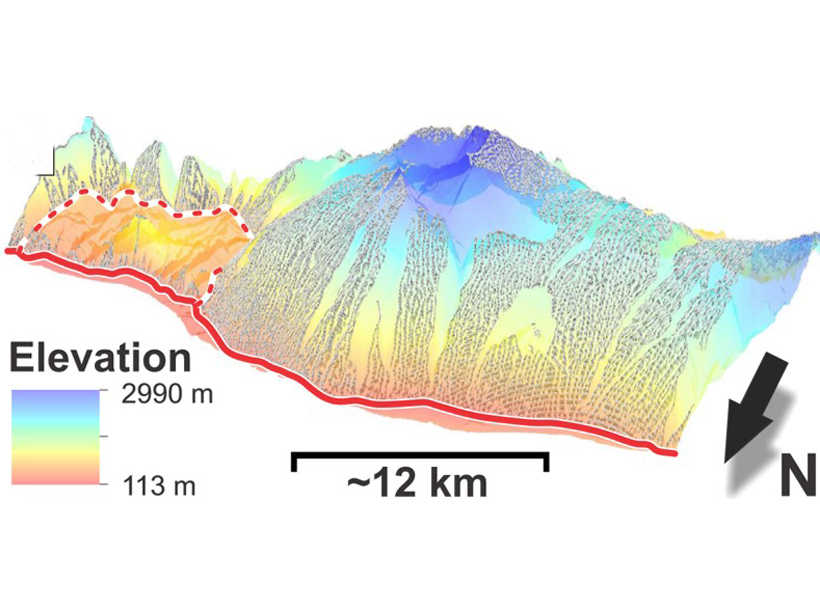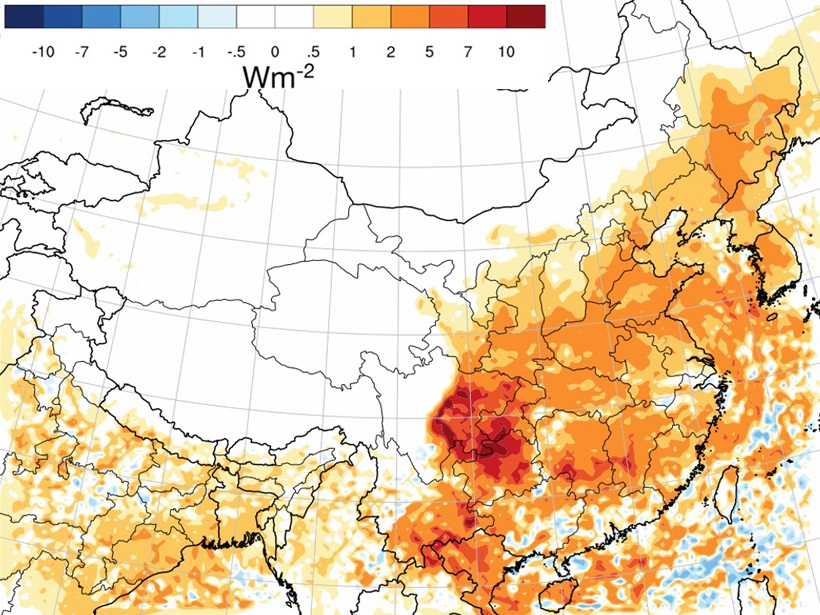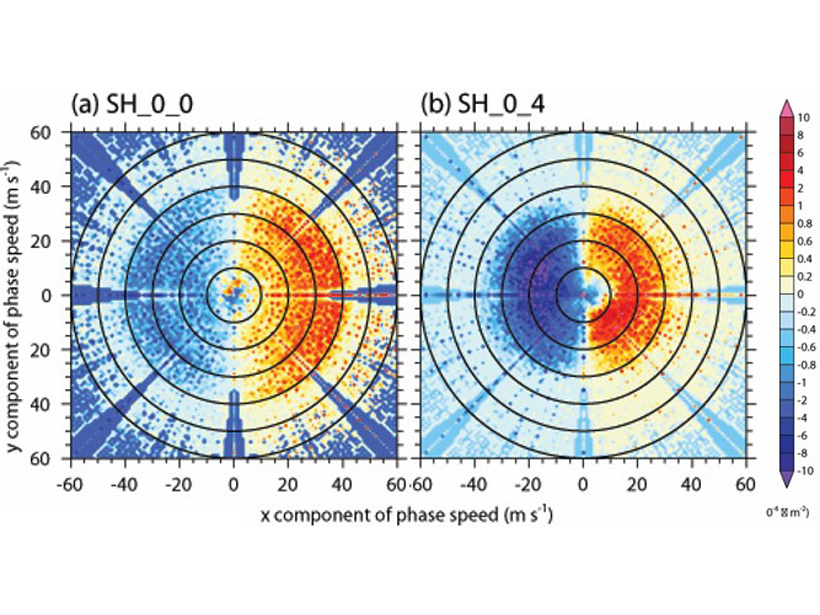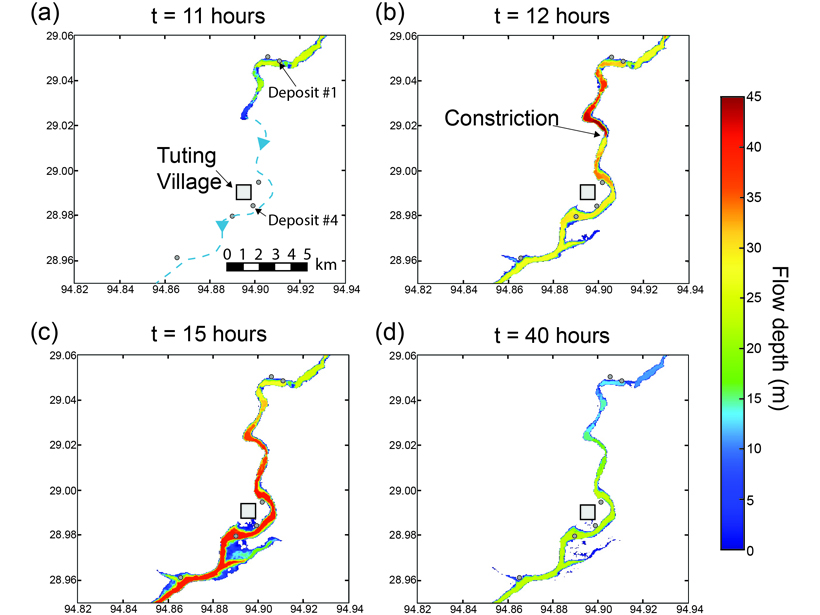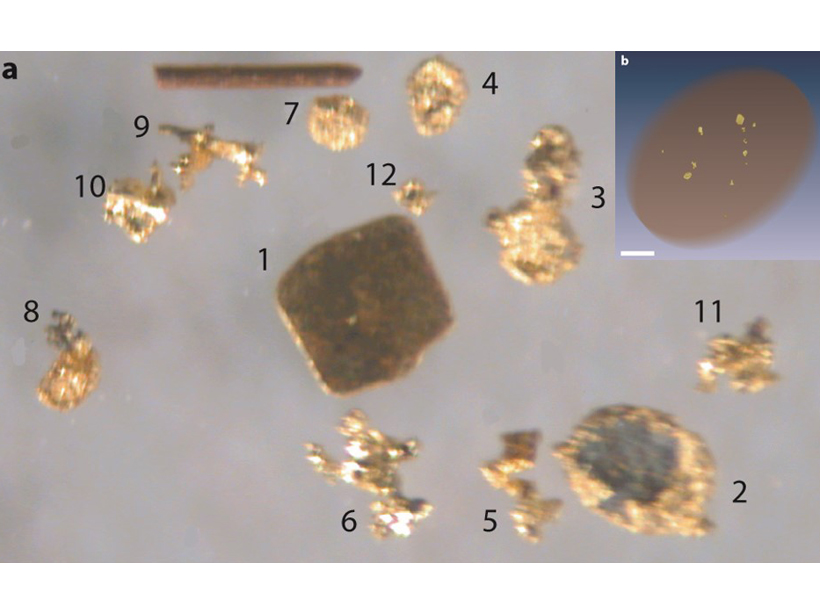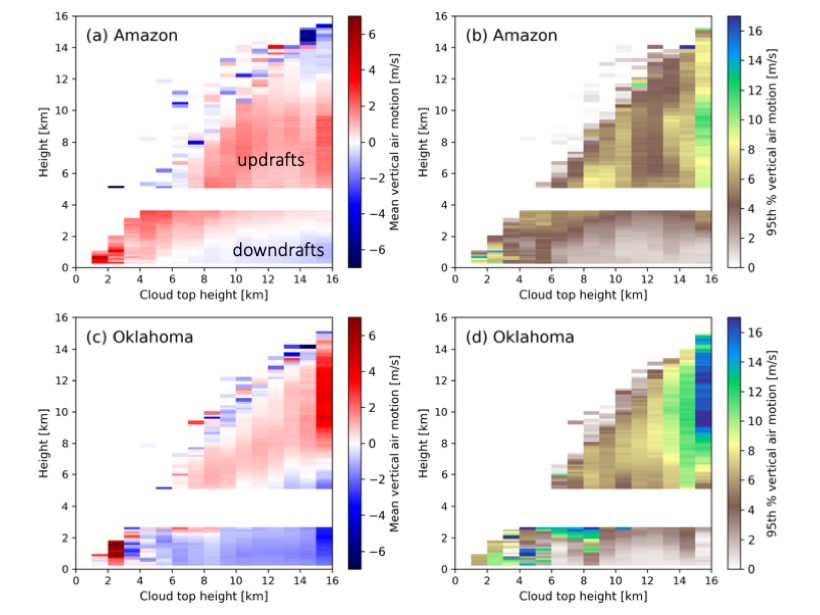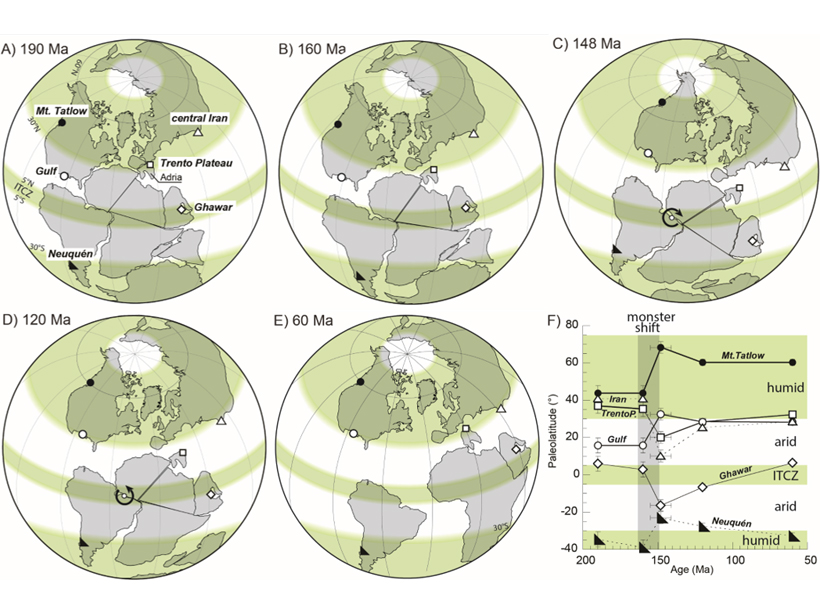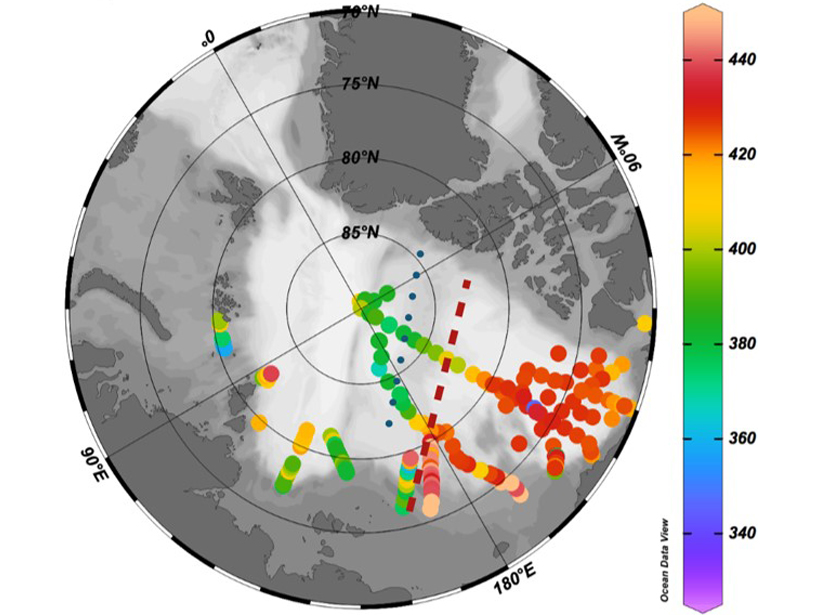There is a possibility of ancient volcanism on metallic asteroids, a new type of volcanism that is not yet observed, though the Psyche mission to the asteroid Psyche may change that soon.
Editors’ Highlights
Low-angle Normal Fault in Papua New Guinea is Rolling Along
Geologic and geomorphic observations of an active low-angle normal fault reveal a rolling-hinge mechanism accommodating the exhumation of a metamorphic core complex in Papua New Guinea.
Polar Vortex Deformations Change Tidal Weather in the Mesosphere
Wind observations made by a high-latitude radar network shed new light on the rapid response of atmospheric tides in the upper mesosphere to stratospheric sudden warmings.
Household Cooking and Heating Affect Health and Climate in China
Black and organic particle emissions have significant impacts on both health and climate, and household cooking and heating activities may contribute substantially to these impacts in China.
Vertical Shear and Tropical Cyclone Generated Gravity Waves
How does vertical wind shear impact the characteristics of gravity waves generated by tropical cyclones?
Enabling Dynamic, Regional-Scale Modelling of Outburst Floods
The GeoClaw model is used to simulate a landslide-dam outburst flood through rugged Himalayan topography.
X-Ray Computed Tomography Detects Resolution Scale Gold Grains
A method combining partial-volume and blurring effects can be used to measure small features in computed tomography data volumes.
New Observations of Thunderstorm Updrafts and Downdrafts
Unique measurements of air motion within deep convective clouds offer new insights in our understanding of these storms and provide constraints for weather and climate prediction.
Extraordinary Polar Wander During the Late Jurassic?
Small amounts of polar wander have occurred during geological history, but whether larger amounts occurred is still controversial. Did a truly large polar wander event really happen?
Distinguishing Pacific and Atlantic Contributions to the Arctic
A semi-conservative tracer combining nitrate and dissolved oxygen is more accurate than traditional tracers in distinguishing between Atlantic and Pacific water mass contributions to the Arctic.


